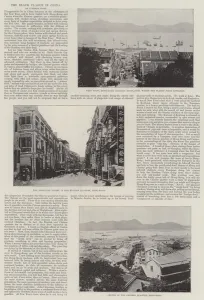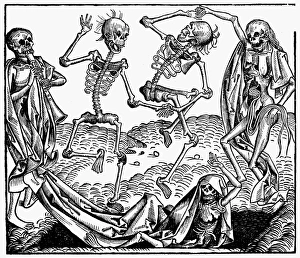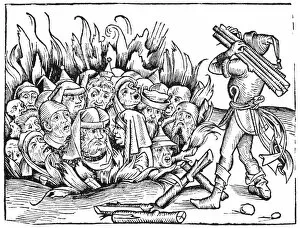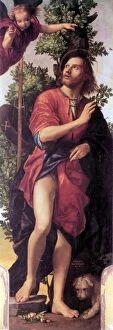Black Plague Collection
"The Black Plague: A Dark Chapter in History" The Black Plague, also known as the Black Death, was a devastating pandemic that struck Europe during the 14th century
All Professionally Made to Order for Quick Shipping
"The Black Plague: A Dark Chapter in History" The Black Plague, also known as the Black Death, was a devastating pandemic that struck Europe during the 14th century. This deadly disease claimed millions of lives and left an indelible mark on history. One horrifying aspect of this tragedy was the scapegoating and persecution of Jews. In 1348, amidst fear and hysteria, Jews were blamed for spreading the plague. An illustration from Charles Lahure's "Histoire-populaire-de-France" depicts the slaughter of Jews during this time, highlighting the depths of human cruelty. Another disturbing event occurred in 1475 when accusations arose about well poisoning by Jews. The torture inflicted upon them is captured in an anonymous depiction, showcasing humanity's capacity for brutality. In 1338 at Deggendorf, Germany, another dark chapter unfolded as illustrated in Schedels Chronicle of the World. The burning of Jews took place amid paranoia surrounding the plague outbreak. Woodcuts from Nuremberg Chronicle further illustrate how death danced with its victims during these times. The haunting image portrays a dance macabre amidst a backdrop plagued by suffering and despair. Amidst all this darkness emerged tales of hope and resilience. Giovanni Boccaccio, an Italian writer who lived through these troubled times himself, chronicled stories that shed light on human spirit even amidst such devastation. Saint Roch became a symbol of hope as he miraculously recovered from his own bout with the plague after tirelessly nursing others afflicted by it. German woodcuts depict his miraculous healing and serve as reminders that even in our darkest moments there can be rays of light. Centuries later in London during 1665-1666 came another wave known as the Plague of London. Copper engravings capture scenes like burial sites at Holywell Mount where countless victims found their final resting place – a grim reminder to future generations about the horrors of this pandemic.











